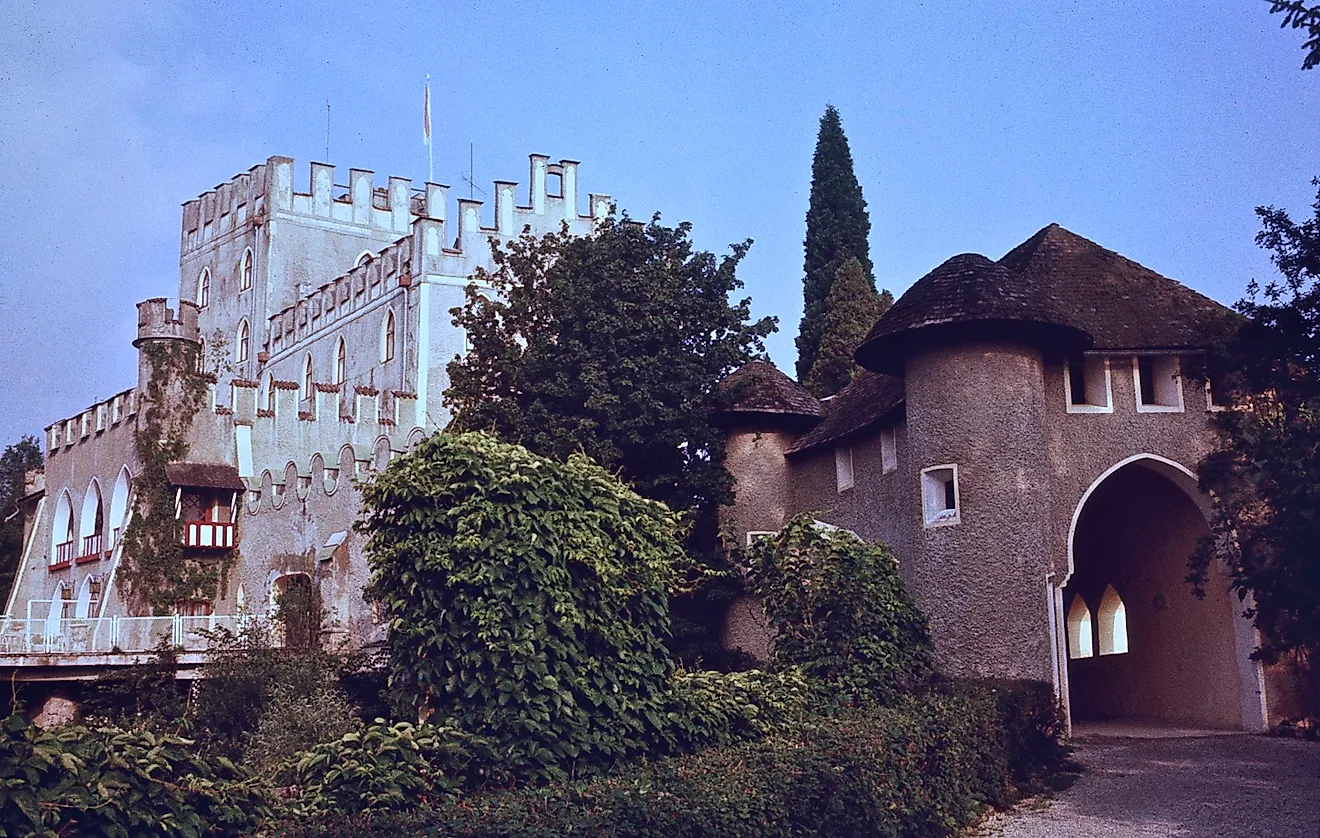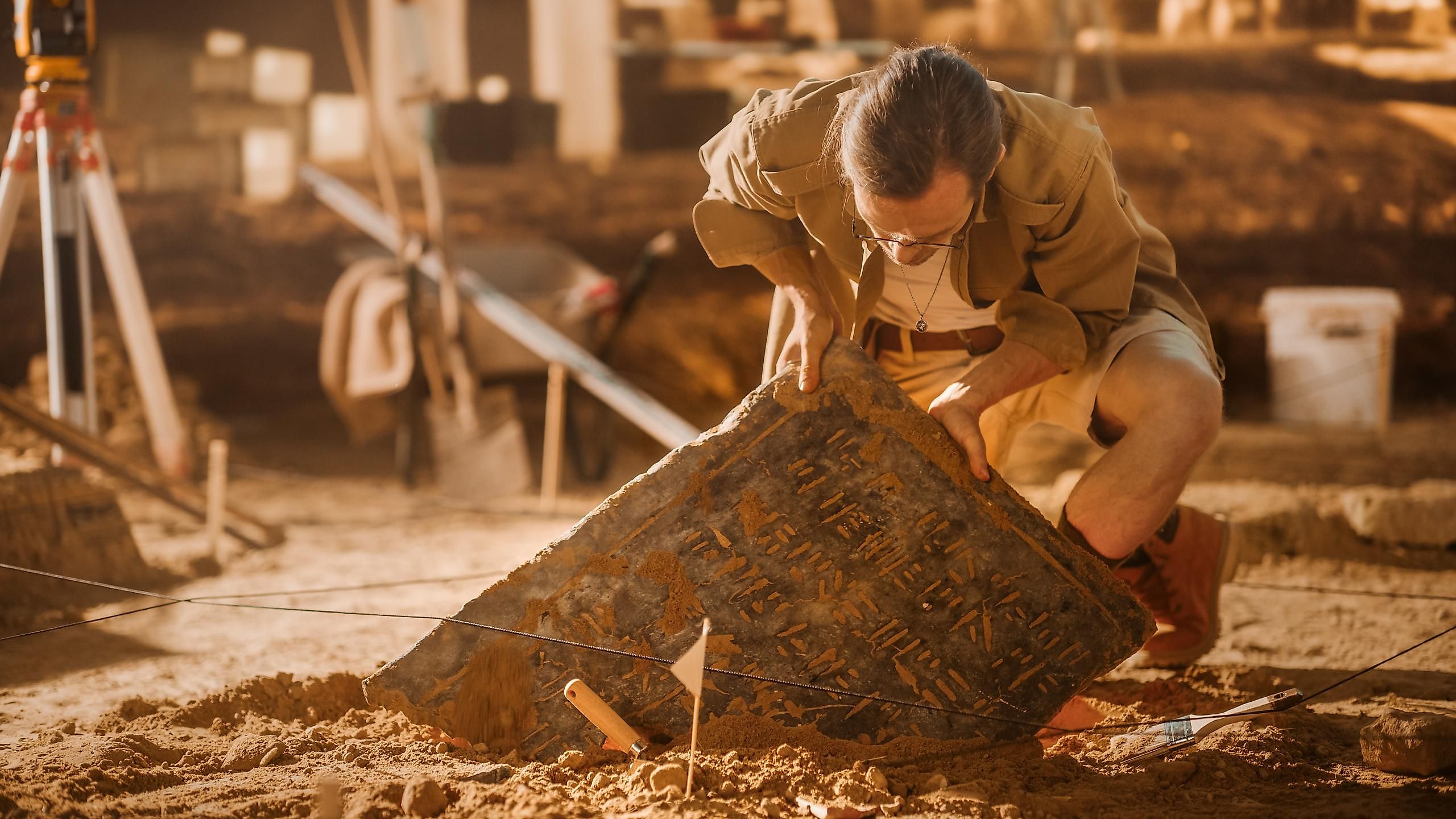
11 Most Incredible Ancient Artifact Finds
Is there anything more exciting than uncovering the mysteries of the past? While many of the texts, tablets, tools, monuments, and works of art created by our ancestors have undoubtedly been lost to erosion, looting, and regime changes, there is always hope that the next great artifact will turn up somewhere. If modern archaeology has taught us anything, it is that amazing discoveries can happen at any time and, oftentimes, under the most unlikely of circumstances. Sure, targeted excavations have borne plenty of fruit, but just as often, a common citizen stumbles upon something paradigm-shifting in their backyard, basement, worksite, or nearby cave. These are eleven of the most incredible finds from ancient times.
Olmec Colossal Heads
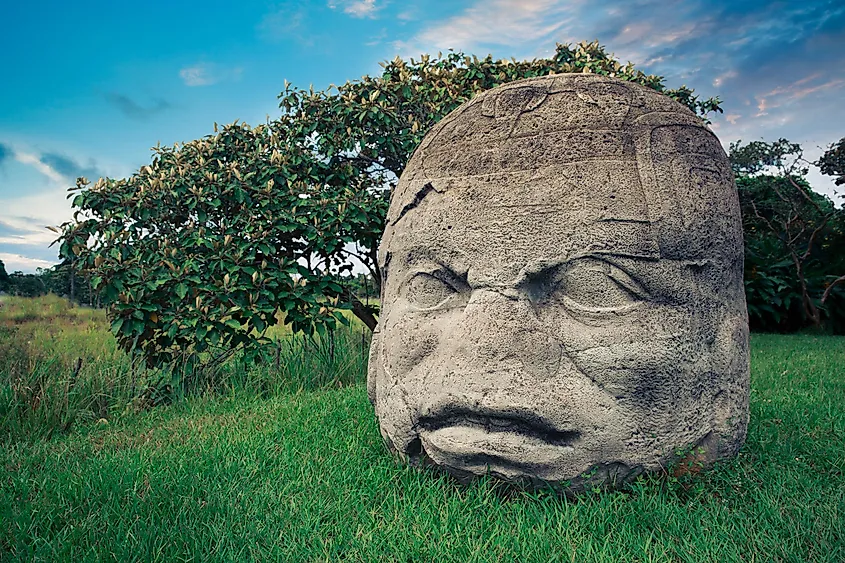
The most famous giant humanoid statues may be the moai of Rapa Nui (commonly known as Easter Island), but the colossal heads of the Olmec civilization are much older and just as impressive. This foundational culture of Mesoamerica came into prominence along the Mexican Gulf Coast between about 1,400 and 400 B.C. Marking their territory in striking fashion are 17 (so far recovered) rather intimidating basalt stone statues of male heads, standing between five to ten feet in height and weighing multiple tons. Despite their immense girth, the boulders were moved some 60 miles from their original quarry to the ancient capitals of La Venta and San Lorenzo. Curiously, some of the heads appear to have been deliberately dismantled and buried – perhaps at the behest of new rulers.
The Antikythera Mechanism
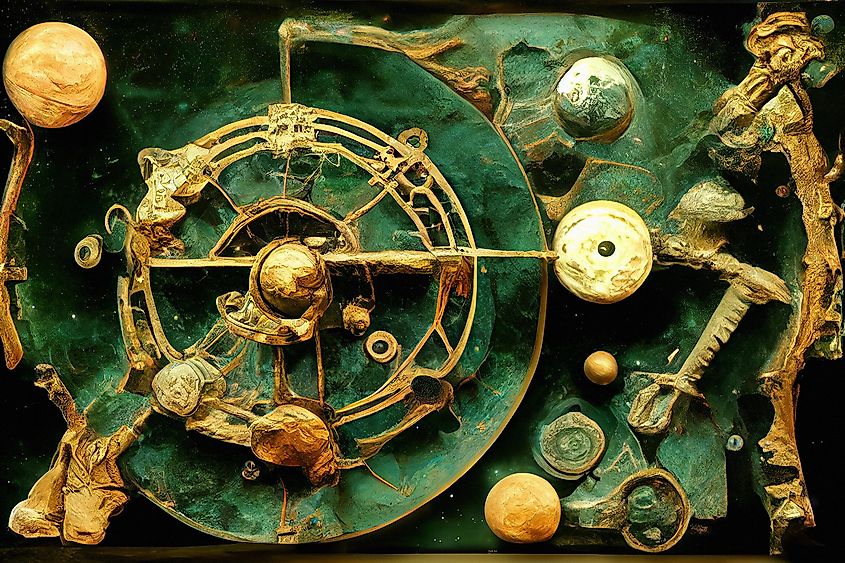
"The world's oldest computer" is a baffling 2,000 years old. While it may look and behave quite differently than our modern-day digital devices (though it is about the size of a laptop), the Antikythera Mechanism was a complex analog machine that could make accurate predictions about the cosmos. Unfortunately, only about a third of the Ancient Greek instrument appears to have survived its time at the bottom of the sea. Divers found it aboard a Roman-era shipwreck back in 1901. It did not look like much at first, but careful examination revealed a large gear on the outside, and with the help of X-ray technology, many complex, clock-like mechanisms have been cataloged inside. Such technology was not thought to have existed back in 85 B.C., and would not reemerge in the European archeological record for another millennia.
Rosetta Stone
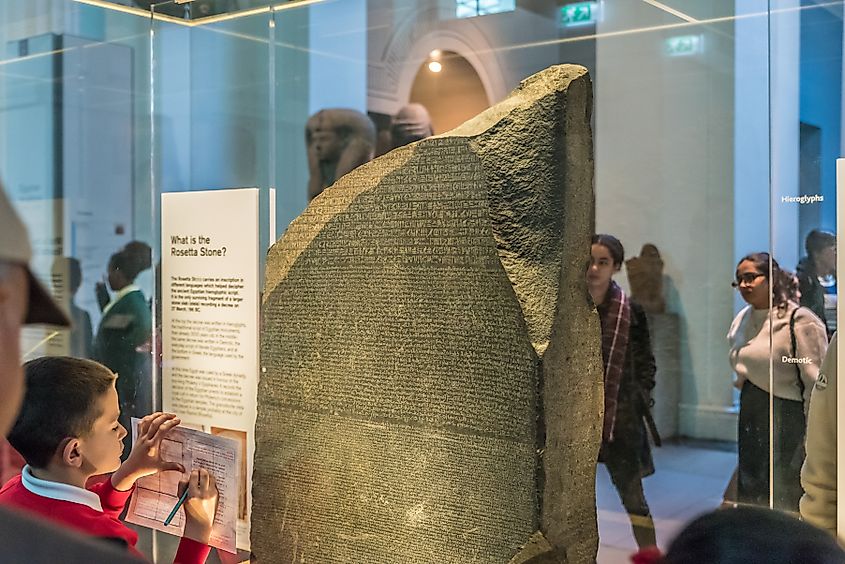
The Rosetta Stone may be a somewhat banal artifact in terms of its immediate, superficial presentation, but its discovery helped unlock the vast realm of Ancient Egyptian history. The writing on this 3-foot, 9-inch tall, 1,680 pound chunk of black slab was produced in 196 B.C. and was rediscovered in 1799 during Napoleon's campaign through Egypt. Two years later, British troops brought the piece back to London, where its significance became clear. The Rosetta Stone presents mundane writings in Ancient Greek (as well as the cursive demotic script), but the same message was repeated in Ancient Egyptian hieroglyphs. Since the former language was well-known, it could be used to decipher the latter, which up until that point, had remained a total mystery.
Dead Sea Scrolls

The Dead Sea Scrolls constitute some of the earliest known texts from the Hebrew Bible (i.e., the Old Testament). This series of intact manuscripts and countless fragments opened the door to a whole new world of religious study and the history of Judaism. What is considered by many to be the most important archeological discovery of the 20th century happened by blind luck. In the late 1940s, Muhammed ed-Dib went searching for his runaway goat. He casually tossed a rock into a cave in what is now the Qumran archaeological site on the Northwest shore of the Dead Sea. The sound of shattering pottery ensued, which drew the Bedouin shepherd deeper. Inside, more pottery jars were found to contain astonishingly well-preserved scrolls. These, combined with other discoveries in nearby caves, now form the massive collection of celebrated multilingual texts composed between the 8th century B.C. and 11th century A.D.
Terracotta Warriors
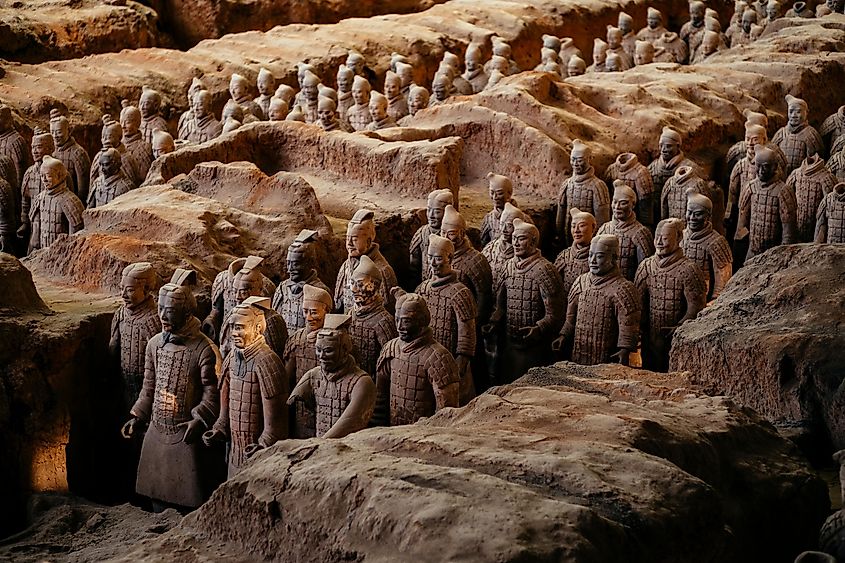
Finding just one life-sized, detailed clay warrior statue would have been a noteworthy discovery. But uncovering an army of over 8,000 personalized figures (perhaps emulating actual human soldiers), plus clay horses, wooden chariots, and countless weapons of war, ups the ante by orders of magnitude. An estimated 700,000 people constructed this perplexing mausoleum for the purpose of ushering the first emperor of China, Qin Shi Huangdi (who reigned between 246 B.C. to 210 B.C.), into the afterlife. The first Terracotta Warrior also revealed itself to the modern world through happenstance. On March 29, 1974, just outside the Chinese city of Xi'an, farmers came across fragments of the first artifact while digging a well. This discovery kicked off a titanic excavation project that is still underway today.
Tutankhamun's Tomb/Funerary Mask
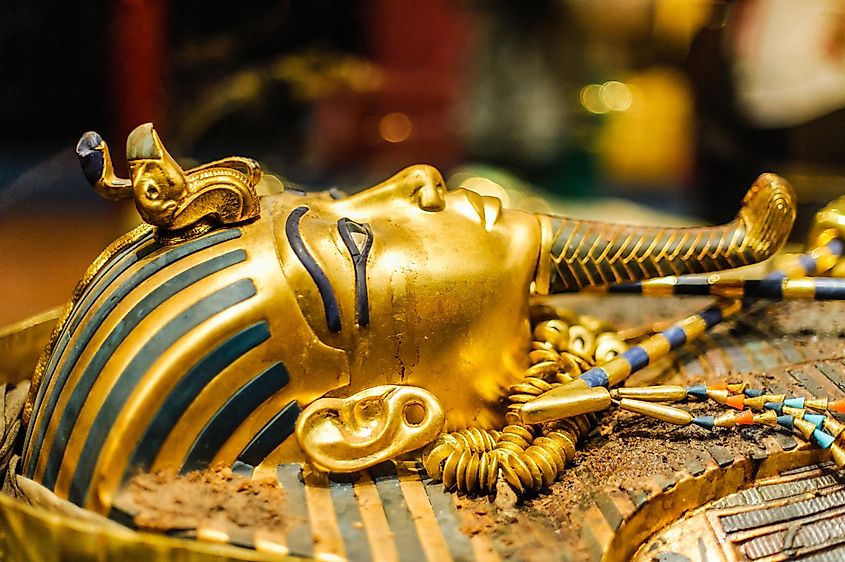
The image associated with King Tutankhamun is perhaps one of the foremost connotations (along with the pyramids and sphinx) when contemplating Ancient Egypt – especially its pharaohs. But while "King Tut" may now be in the upper echelon of Nile Valley rulers, he was once lost to the sands of time. It was not until 1922, long after the Valley of the Kings was thought to have exhausted all its secrets, that this remarkable tomb was excavated. Buried deep underground, successfully obscured from looters, the burial chamber of Tutankhamun, who reigned from the age of 9 until his death in 132 B.C. at the age of only 19, was intact and displayed the remarkable treasures that pharaohs were sealed away with. The most iconic piece to emerge was the 24-pound mask that used solid gold, lapis lazuli, and semi-precious stones to replicate the precocious king's face.
Venus Figurines
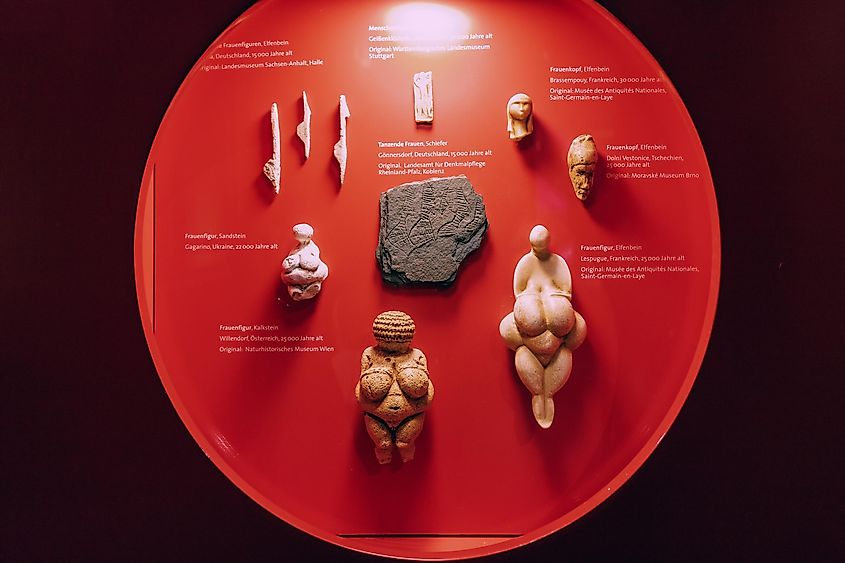
The curvaceous Venus figurines are some of the oldest sculptures ever discovered that depict human beings. In this case, it was the female form that was prominently displayed by the Upper Paleolithic (i.e., Ice Age) people. Their artistic muse led them to carve large breasts, buttocks, and vaginal lips onto the general rotund ladies but neglected to include facial features or feet. Because of the areas of emphasis, it is generally supposed that these figurines were symbols of fertility, or possibly self-portraits, or pornographic items. The four-inch-tall Venus of Willendorf was unearthed in 1908 in the Austrian Willendorf II site along the Danube River and dates back almost 30,000 years. The Venus of Hohle Fels revealed itself in 2008 in the titular German cave and dated back even further, to between 35,000 to 40,000 years ago.
Bone Flutes
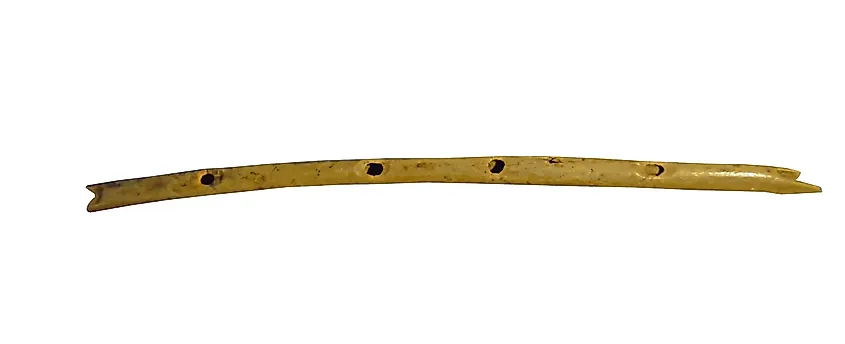
Music lovers will be struck by the bone flutes of Germany's Geissenklösterle Cave – the oldest instruments yet discovered. Made from bird bones and mammoth ivory, these products of the Aurignacian archeological culture (i.e., one of the earliest groups of humans to venture into Europe) have been carbon-dated to between 42,000 and 43,000 years old. Therefore, these wind instruments surpass in antiquity those discovered at Hohle Fels (the very same place where the Venus figurine was found) by some eight or nine thousand years. Humans, it seems, have long had a propensity for soothing melodies – whether for religious or recreational means.
Acheulean Handaxes
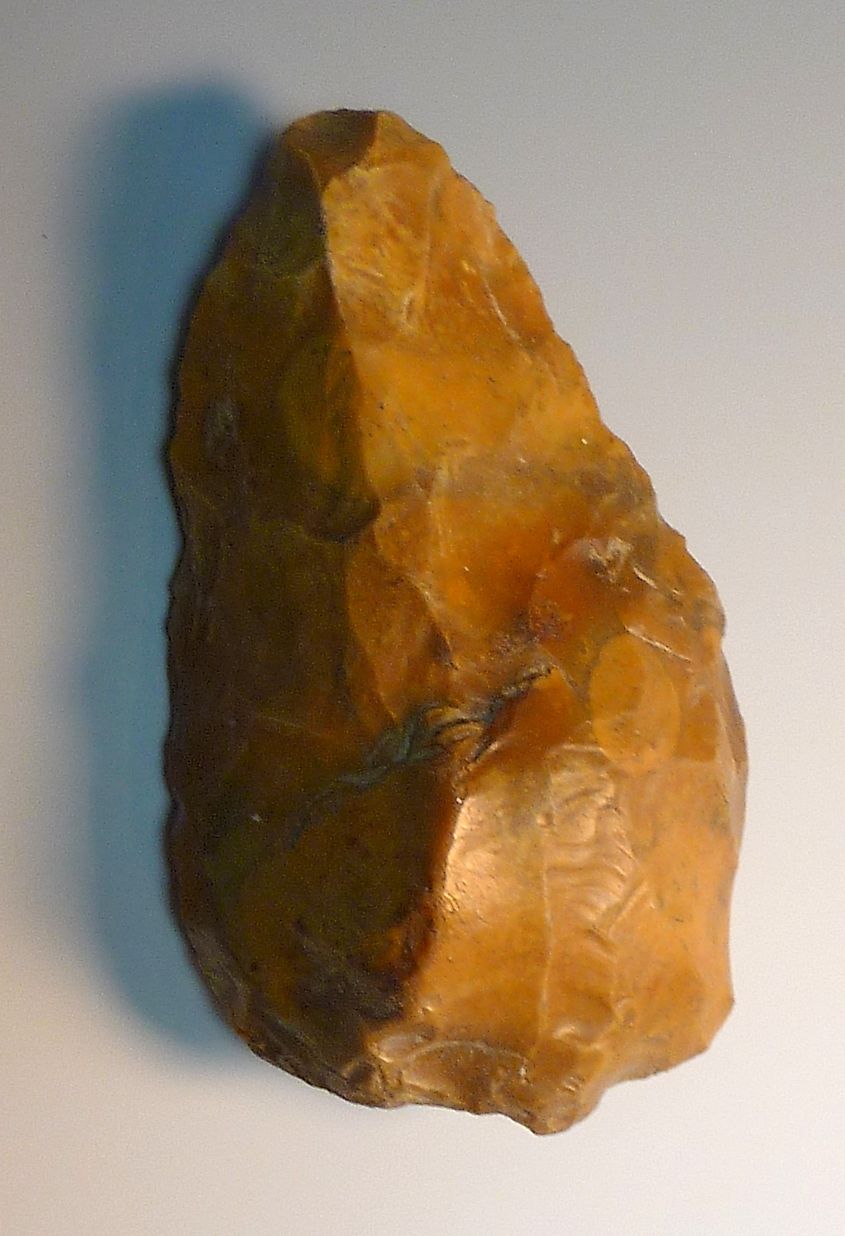
While not the oldest known hominid tools ever discovered, the Acheulean handaxes are the earliest examples of sophisticated (i.e., formally-constructed) tools in our lineage. Crafted by our Homo erectus ancestors approximately 1.76 million years ago (i.e., the Lower Paleolithic period, or Early Stone Age), these large and often pointed stone cobbles were used all the way until the Middle Paleolithic period, or Middle Stone Age, of 300,000 to 200,000 years ago. Pieces from this collection of impressively refined ancient artifacts were first discovered in the late 1860s in France's St Acheul archaeological site. But the oldest axes were found later in Kenya's Rift Valley, at the Kokiselei site.
The Fasting Buddha Sculpture

One of the most revered Buddhist relics and finest pieces of Gandhara Art is the Fasting Buddha, also known as the Fasting Buddha Shakyamuni or the Fasting Siddhartha sculpture. This 33-inch tall carving of gray Gandarahan Schist stone depicts two formative moments in Siddhartha Guatama's life. Before reaching enlightenment (i.e., realizing his inherent Buddha Nature) under the Bhodi tree at Bodhgaya, India, Siddhartha went through a prolonged period of intense fasting. This is reflected in the emaciated physique of the then wandering ascetic. After achieving the coveted state of mind, the figurehead of the world's fourth-largest religion gave his first teachings at Sarnath – an event shown below the meditating figure. Several similar sculptures exist, but the original was likely crafted in the second century (A.D./C.E.) in the ancient region of Gandhara (i.e., modern-day Pakistan).
The Oseberg Ship
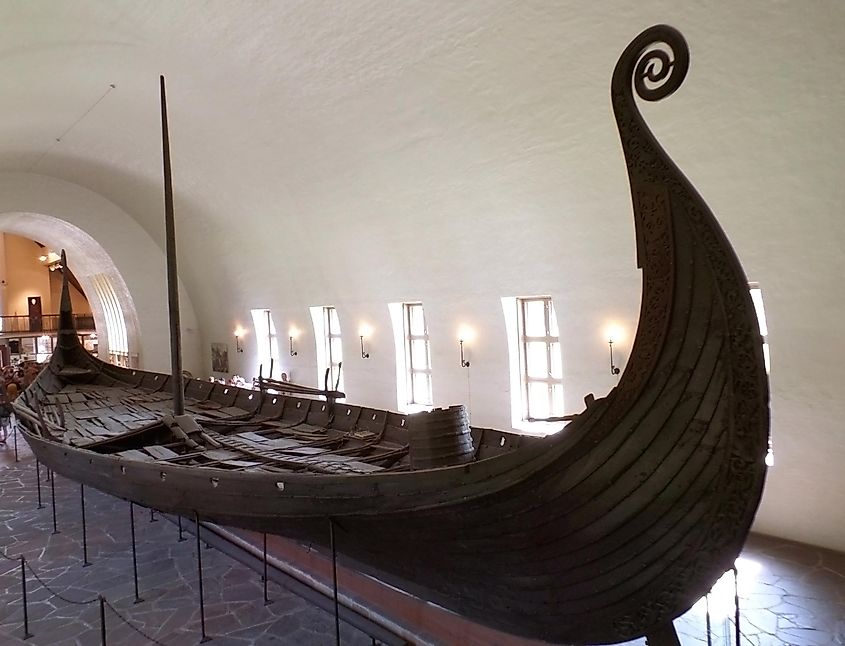
The oldest and best-preserved Viking longship discovered to date is the 17.8-foot-long, 16.7-foot-wide Oseberg. This impressive vessel from the infamous ancient Norwegian culture was made almost entirely of Oak. It can be viewed at Oslo's Viking Ship Museum, where it was reconstructed using 90 percent of its original materials. The exquisitely-made and astoundingly robust ship was excavated from a farm near the city of Tønsberg in 1903. Radiocarbon analysis of both the timber and the remains of two women aboard produced a date of about 843 A.D. While the hardy boat could be sailed or rowed by about 30 men, it was ultimately used as a burial chamber. Both women appear to have belonged to high society, though their relation and status have not been convincingly verified.
Humans, and in some cases, Homo sapien predecessors, have proven to be master architects, tool-makers, artists, and spiritual thinkers for thousands, tens of thousands, and in some cases, hundreds of thousands of years. This is a long time for pieces of paper, bone, wood, or even stone to survive, and yet, museums are rich in such astounding artifacts. Under the right circumstances (sometimes accidental, sometimes well-planned by ancient civilizations), clues from our past survive into the modern era, giving us perspective, inspiration, and a drive to discover even more.

